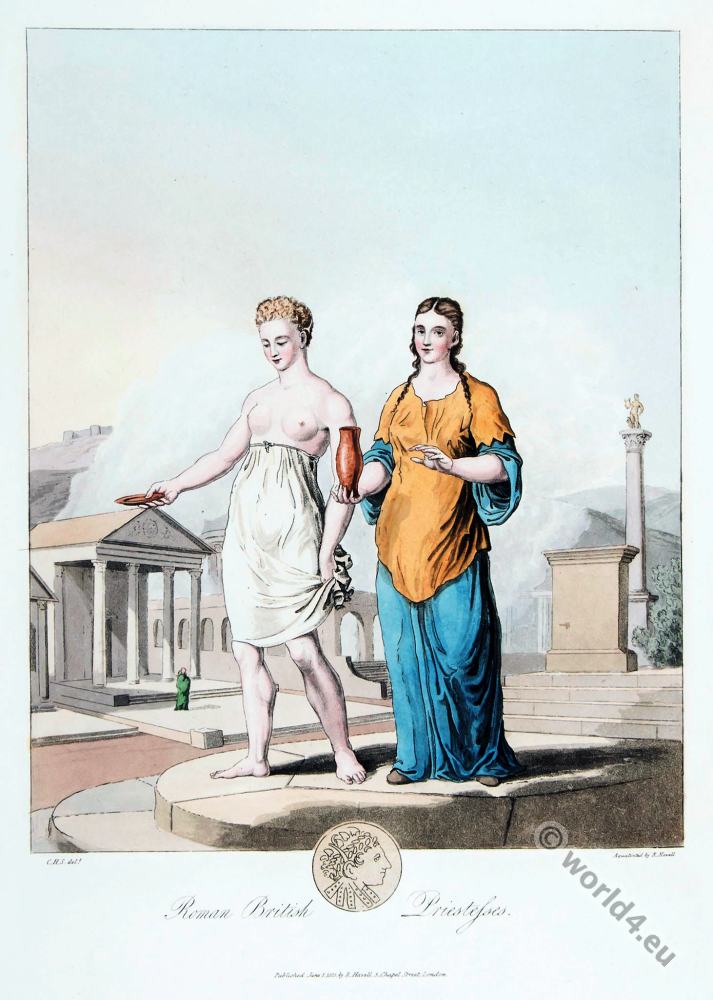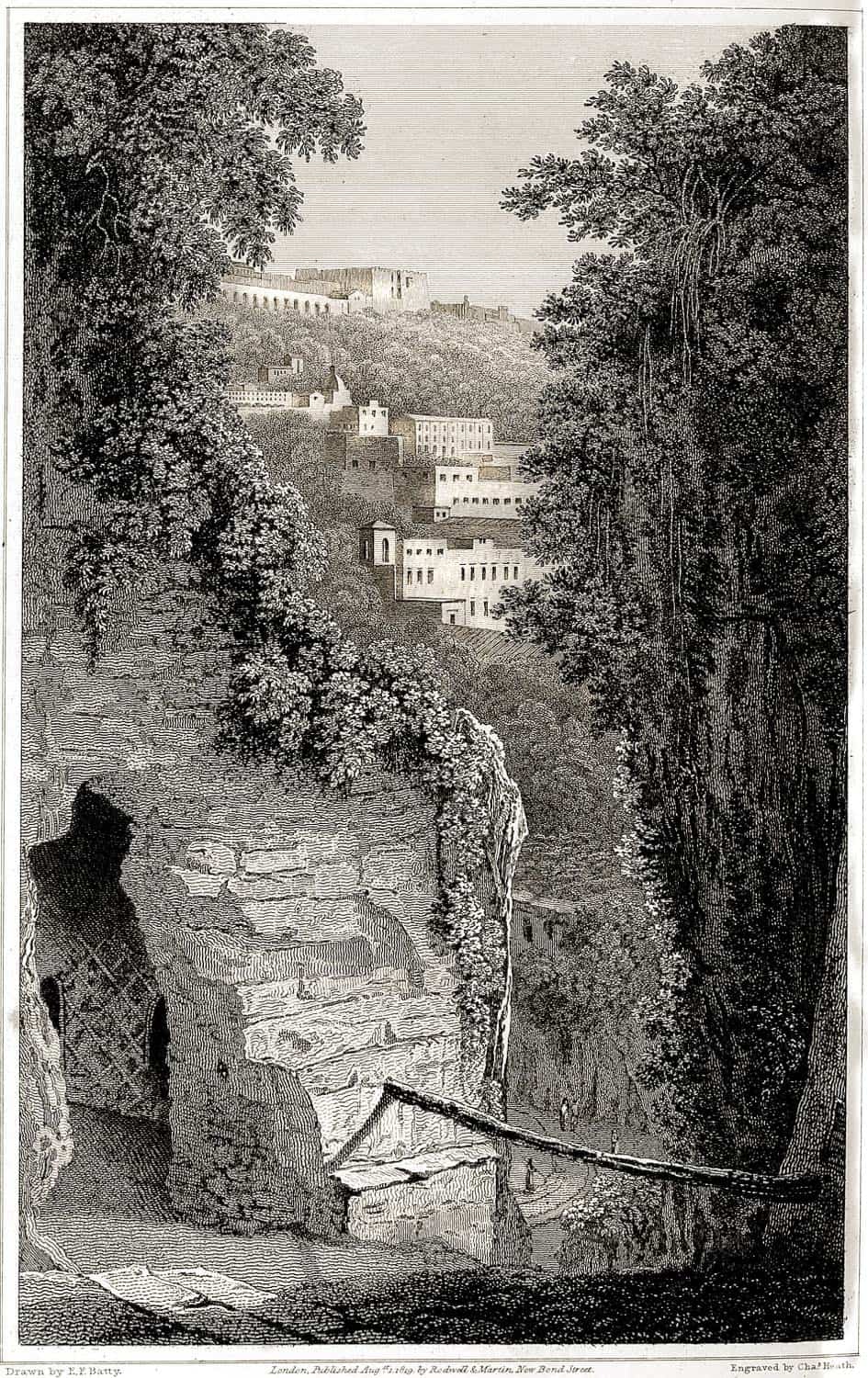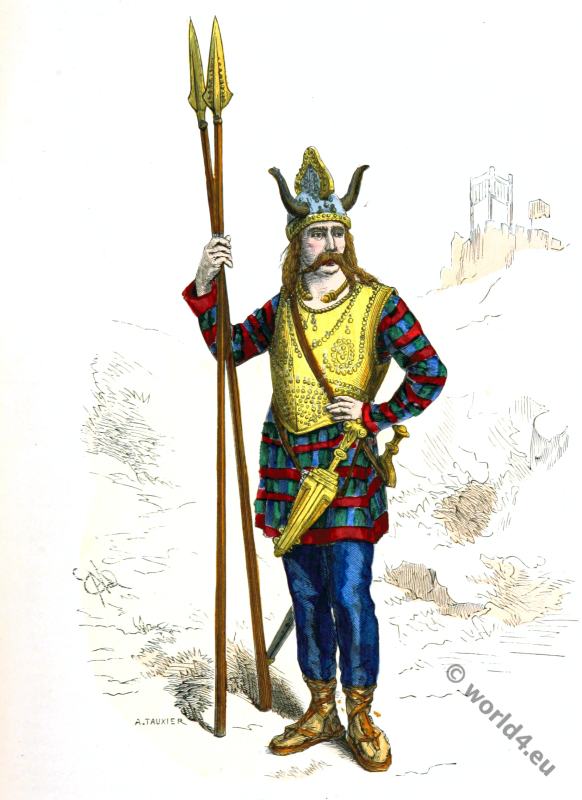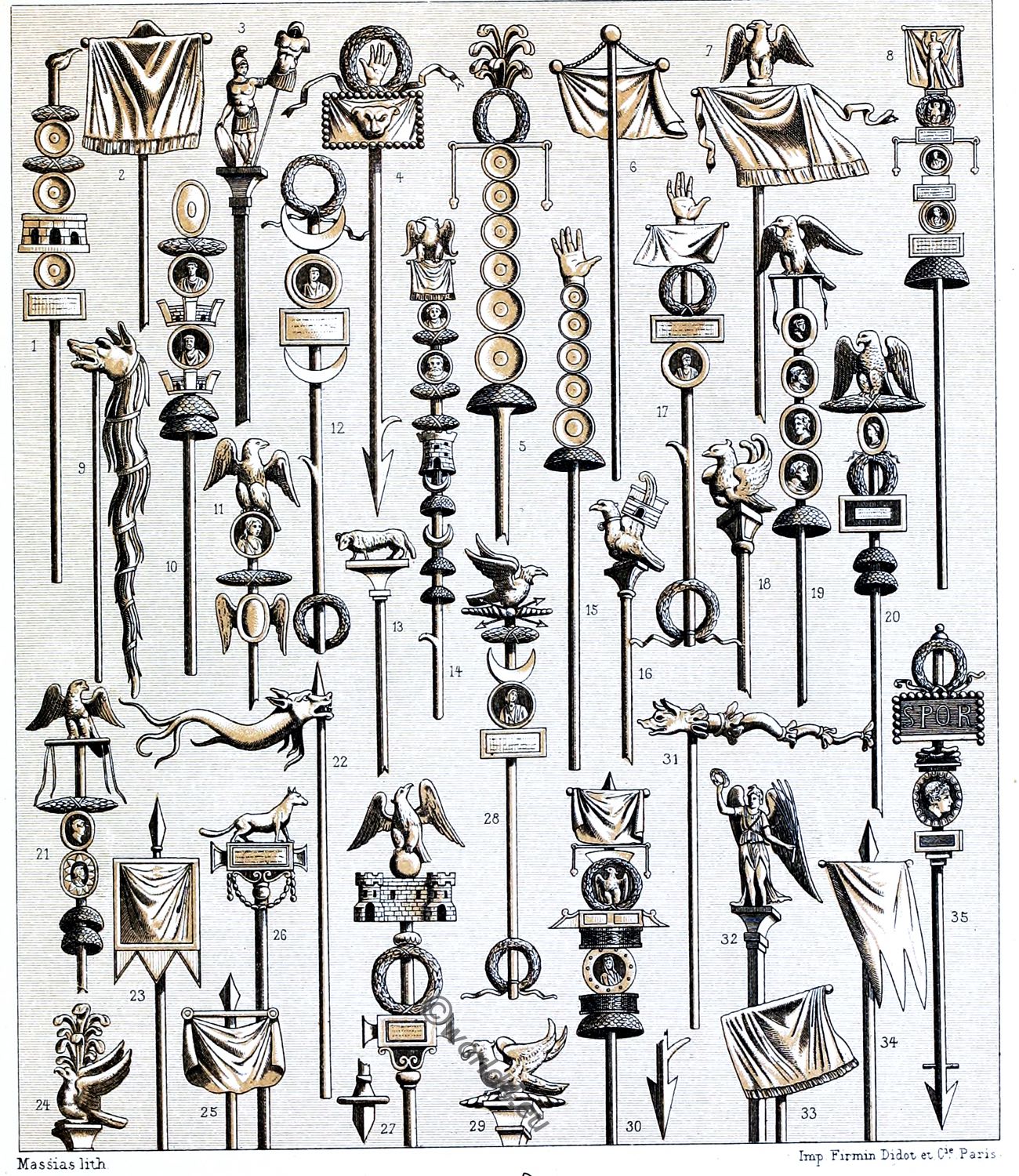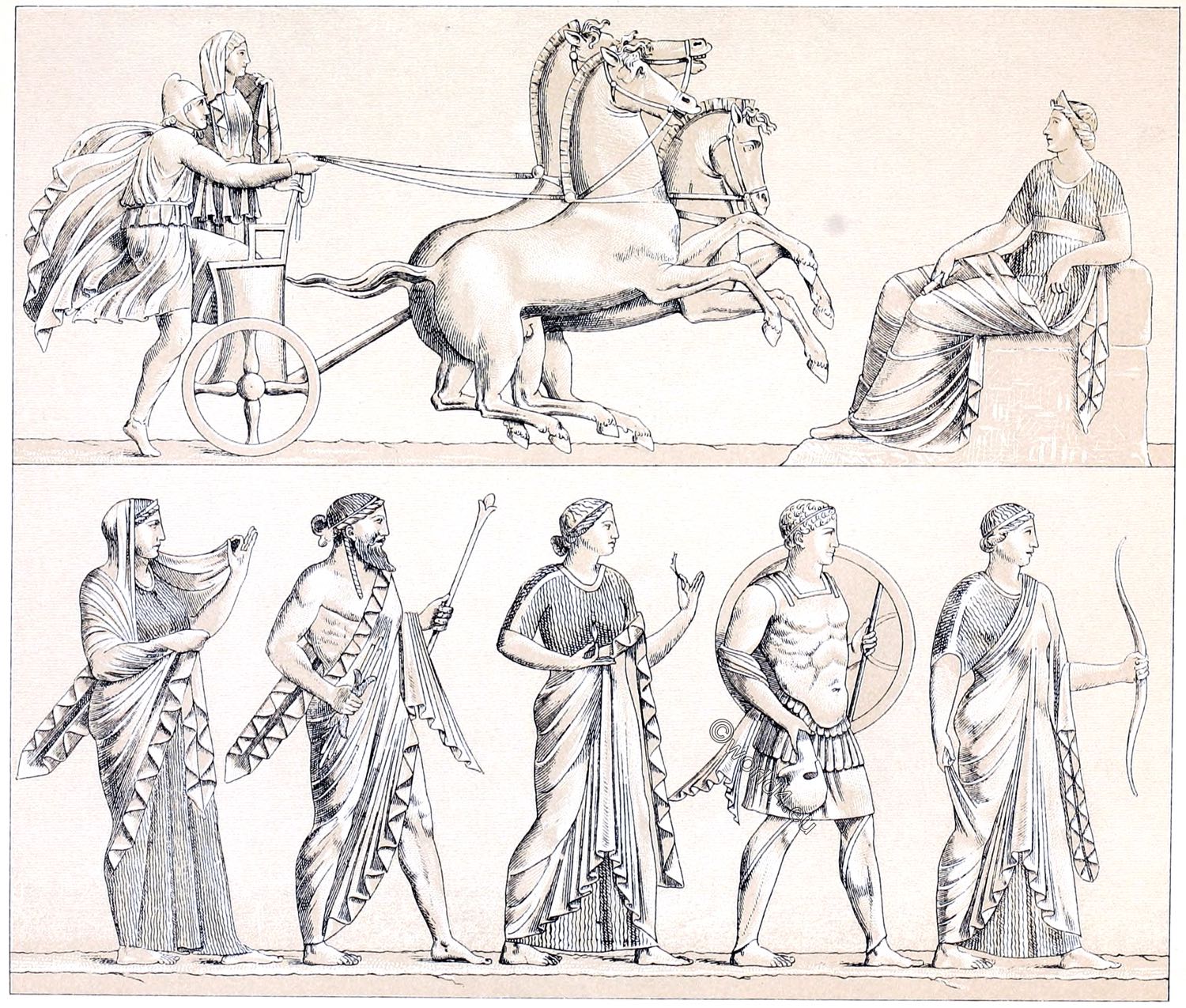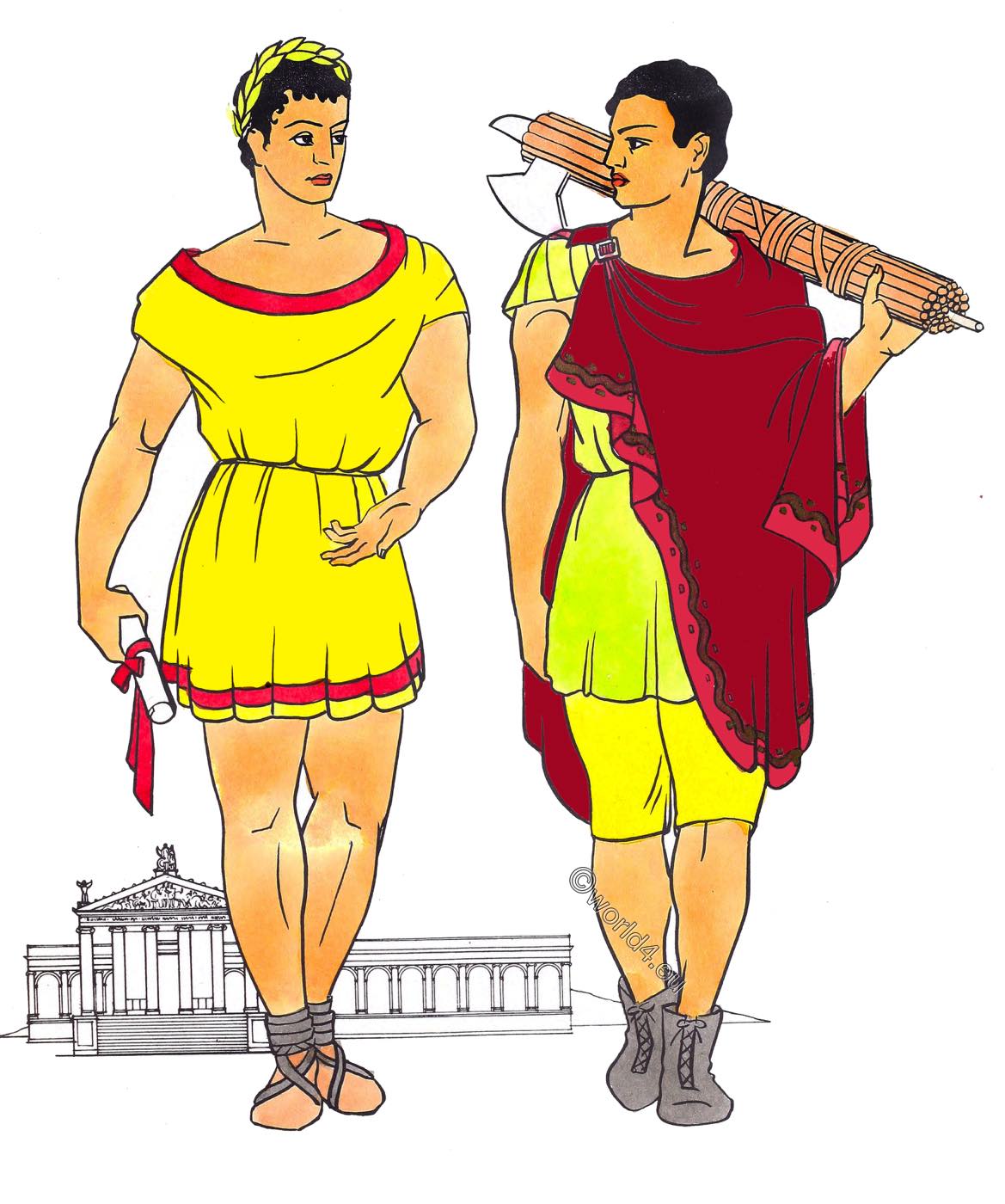
REPUBLICAN R0ME. 500 B.C. – 30 B.C.
Roman Republic. The toga. The tunica. The abolla.
These two young men are average citizens of Rome during the height of its culture. The one on the left it carrying a message, probably an important one since he is not a common messenger. We know this from the fact that he is wearing a wreath or “Corona.” Like the Greeks, the Romans also gave wreaths or rewards for special deeds performed, the shape and material of the wreath changing according to the nature of the deed rewarded. For instance: A wreath of oak leaves was given to one who has saved a citizen’s life; a wreath in the shape of a wall meant the reward to a soldier who had been first in scaling the walls of a besieged city; and others were given for rewards of various nature.
His hair is cut short, in the usual Roman fashion; he is wearing a garment almost as common as the toga in the Roman Republic. Its line is simple, like a long, sleeveless shirt, originating, probably, from the Greek chiton or the Etruscan shirt. It is square in pattern, sewn up both sides, with an opening for the head. Since it is so wide, when the girdle is tied around the waist, a sort of short sleeve is formed, almost in the same manner as the chiton sleeve. The Romans called this garment the tunica. His feet are protected by leather shoes that, as can be seen are trimmed and fastened by two straps which are connected to the sole of the shoe at its widest part. They cross over the instep and are twisted around the ankle. Usually, as in Plate 14, they fasten in front in a bow, This young man obviously has tied hie straps behind.
The young man without the wreath is wearing, in addition to the tunics, two garments the messenger has left off. These are the cloak and breeches. The cloak is exactly like the Greek chlamys, even to the manner of wearing it pinned on the left shoulder. The Romans gave many different names to their cloaks. This short one is called the Abolla. The Abolla was a large, dyed cloth made of wool that was worn like a toga. It was often dyed yellow or brown. The Abolla was so to say the military counterpart of the civilian toga. In the army it was worn by high officials instead of or above the armor and was given to the men after they completed their military service. That is why veterans wearing an Abolla were also seen in cities. This garment became popular in Greece in the 3rd century and was introduced to the Roman legion in the 2nd century BC. It remained until late antiquity.
Varro wrote of the Abolla in his works, and there are also illustrations of her on the triumphal arch of Septimius Severus.
The breeches, which the Romans called Braccae, are the first examples we have met (with the exception of the Persian trousers) of leg coverings from the waist. The Romans borrowed the style from the barbarians they conquered in Gaul (modern France, Germany, and Switzerland). First the soldiers wore then, during the campaigns. Soon, however, Roman civilians began wearing them, and they are not out of place on this young man who is carrying the “fasces” on his left shoulder.
The “fasces” consisted of a bundle of rods containing an axe, and was carried by the “lictors” before the magistrates or at some special public functions as a symbol of authority. The axe meant the power to punish with death; the rods, to punish with beating.
The shoes he is wearing are leather and loose-fitting. They lace up the front like our modern shoes. It is strange, but we find a moccasin worn by certain American Indian tribes which resembles these shoes in, every way except the lacing.
All the garments worn by these two young men were made of linen or wool. The tunics were likely made of linen; the cloak and braccae, of wool.
Source: Museum Extension Project.


